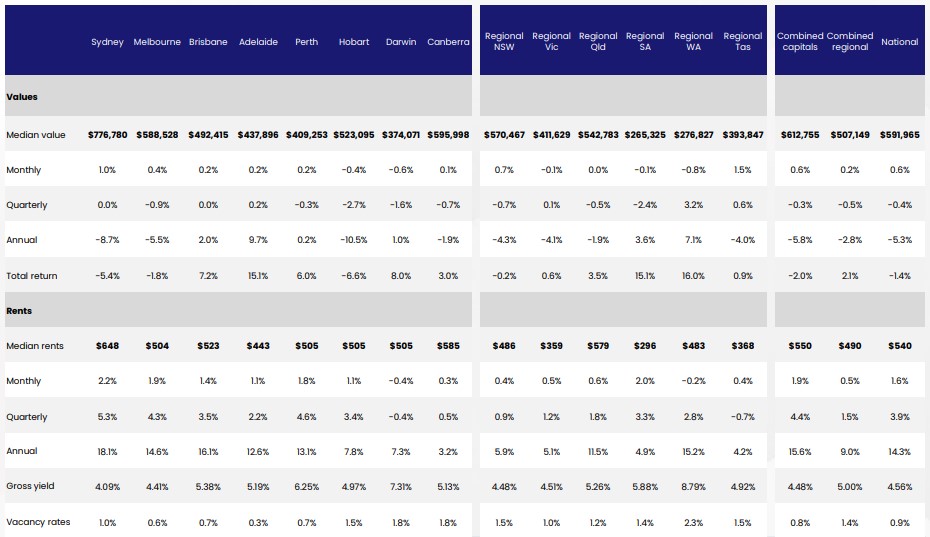
For the first time in almost a year, the value of units in Australia increased in March.
This was according to the latest update from CoreLogic, which stated a 0.6% increase in the national unit index over the month.
CoreLogic economist Kaytlin Ezzy said several factors led to the eventual increase in unit prices in the month, including the extremely tight rental market, the strong overseas migration, the still-below-average listings levels, and the shift in the sentiment about the future of the cash rate.
“It’s looking increasingly like we have moved through a trough in unit values, however a number of headwinds are still apparent, including further rate rises, an expectation for weaker economic activity through the year and the potential for a lift in advertised stock levels,” she said.

Units faring better amid the downswing
The unit market had it better over the recent downswing. While house prices posted a decline of 9.9% over the first 10 months of the downturn, unit values only went down 6.1%.
Unlike the house and broader dwelling market, the decline seen in unit values since April 2022 is behind both the 1989-91 downswing (8.3%) and 2017-19 drop (7.0%) in terms of cumulative decline, and also behind 1989-91 in terms of speed.
"If this month's improvement in values isn't a false start, it's likely we won't see much momentum in the recovery phase until a catalyst for a new growth phase becomes apparent,” Ms Ezzy said.
“For example, a decrease in interest rates, renewed fiscal stimulus such as first home buyer incentives, or an easing in credit policies such as a reduction to serviceability buffer could see an increase in housing demand."
Still, the move to a positive trend was geographically broad-based, with capital cities and regional areas posting monthly gains of 0.6% and 0.2%, respectively, over the month.
Among all state capitals, Sydney achieved the strongest monthly growth at 1%, followed by the 0.4% gain in Melbourne.
“Given that upper quartile markets typically lead both the up and down swing, it's unsurprising that Sydney unit values are recording the strongest growth among the capitals,” Ms Ezzy said.
Only Hobart and Darwin registered declines in March, keeping the steady pace of decline they recorded in the previous month.
Across regional areas, Tasmania and New South Wales led the charge, with respective gains of 1.5% and 0.7%.
Unit rentals outperform houses
In terms of rents, units outpaced houses by around twice as much.
In fact, units increased 1.6% monthly and 3.9% quarterly in March versus the 0.8% and 2% gains reported in the housing segment.
The spike in unit rents was driven by the strong return of overseas migrants and international students, which contributed to the strongest quarterly increase in unit rents in capital cities on record at 4.4%.
"The mismatch between rental supply and demand has seen capital city rental growth reaccelerate, which will be unwelcome news to many tenants already struggling to find affordable rental accommodation,” Ms Ezzy said.
Rental listings continue to decline in capital cities — over the four weeks to 2 April, listings were down 38.1% from the five-year average, which is equivalent to a shortfall of roughly 42,000 rental listings.
Of this shortfall, approximately 65% are in the unit sector, with total capital city unit rental listings down 43.2% or 27,332 from the average level typically seen this time of year.
"While units across each of the capitals and rest-of-state regions still offer a more affordable rental alternative compared to houses, the stronger rental growth seen in the medium to high-density sector, in part due to their relative affordability, has seen the gap narrow,” Ms Ezzy said.
“At the capital city level, the gap between the median house and unit rental value has narrowed from $85 this time last year to $65 in March.”
However, it is important to note that while the national gross rental yields for units increased further in March to 4.56%, the likely net yields still decreased due to the cost of debt outpacing the rise in rental income.
-
Photo by MelenUluturk on Canva.